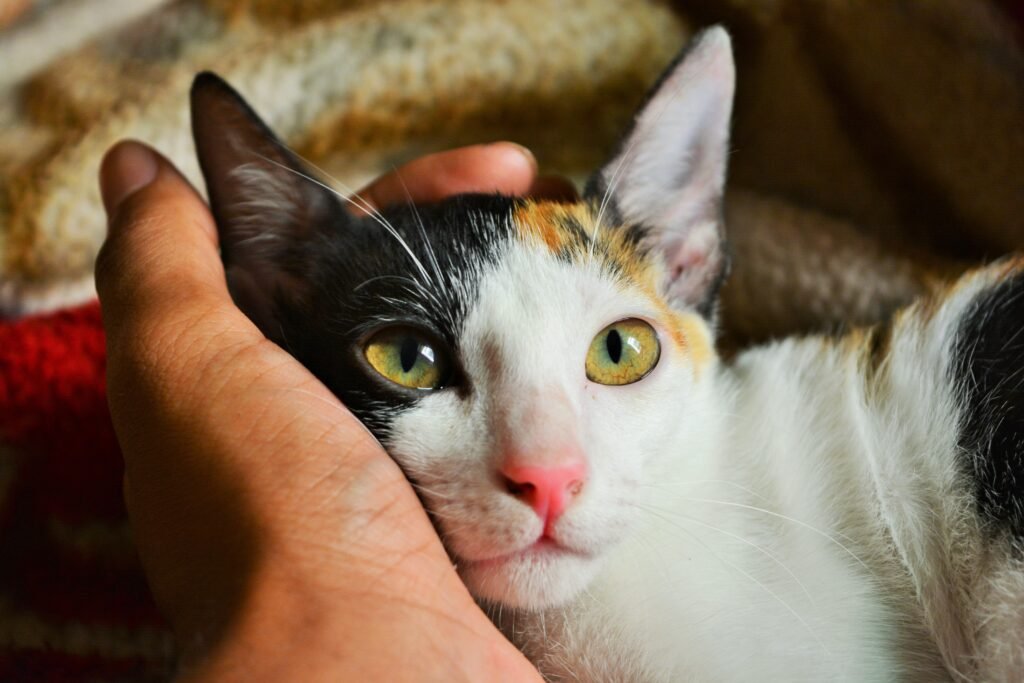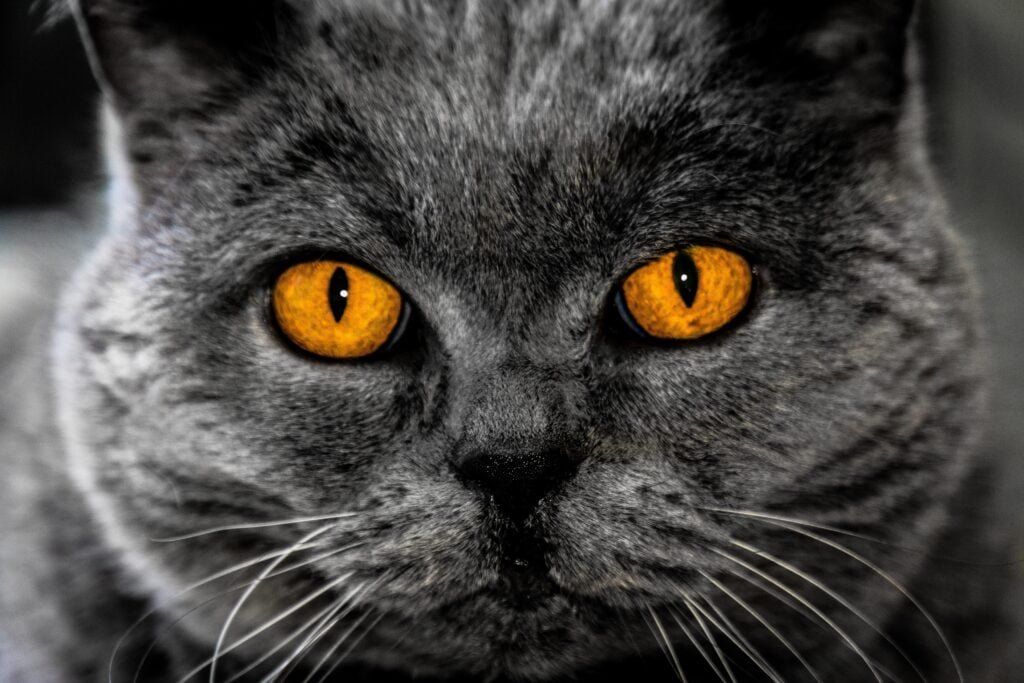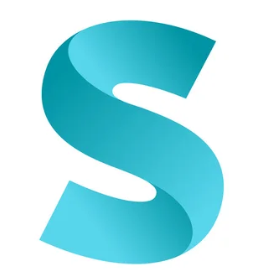As your dog or cat ages, it can be hard to see them living life at a slower pace. That includes the way to see it. Cataracts are sometimes inevitable for older pets as the years begin to advance.

If you’re a dog or cat lover, get ready for some sticker shock: Cataract surgery can be incredibly expensive. Fortunately, good news is that most pet insurance plans cover Cataract Surgery either partially or fully. That said, it’s important to check with your insurance provider to find out exactly what their cataract policies are. And if you’re in the market for some new pet insurance for your puppy or kitten, be sure to check out the details of pet insurance policies and any cataract coverage before you commit.
It is important to read your insurance contract carefully here, as it may come with certain caveats. For example, one of the biggest is that many pet insurance companies will not cover cataracts as a pre-existing condition. If your dog or cat has cataracts by the time you sign a new insurance policy, you may be out of luck. If you think your pet is genetically predisposed to cataracts, the best option is to sign up for pet insurance before it becomes a serious problem.
Additionally, some companies may have specific policies for juvenile cataracts in dogs or cats. If your dog develops diabetes at an early age, for example, it can dramatically increase the chance of developing cataracts – according to The Veterinary Eye Institute, 80% of dogs with diabetes develop cataracts or blindness in the following year. Regardless, before you sign your name to a shiny new contract, make sure any cases you have in mind are covered by your insurance company.
Before we go any further, a quick definition: Just like in humans, pet cataracts are a disease in which the lens of a dog or cat’s eye becomes cloudy. This means that their vision deteriorates and as the cataract gets bigger, it becomes harder for your pet to see. In some cases, the cataract may be no larger than a dot, and your pet’s vision may remain largely unaffected.
In other cases, the cataract may mature and if the condition is not treated your pet may eventually suffer from glaucoma, retinal detachment or complete blindness. Keep reading to learn a little more about the symptoms, treatment options, estimated cost of dealing with cataracts, and what you can do now to prevent them from happening.
Symptoms of Cataract for Cats and Dogs
Because cataracts are not an internal condition, they are reasonably easy to diagnose when they are larger in size. You need only look into the eyes of your cat or dog pet. Your pet’s eyes and its behavior are the two most important indicators that can help you determine whether or not your pet has cataracts.

The most obvious sign is that your dog or cat’s pupils have become cloudy or have taken on a white tone. If you observe such symptoms but are unsure of their significance, it is imperative that you keep a close check on it. If your pet does not have diabetes, cataracts will probably not develop for quite some time; however, you should keep an eye out for any changes. Is the cloudy region assuming a different form or growing in size as time passes? In such case, it sounds like it’s time to make an appointment with the veterinarian.
Another thing to keep an eye out for is a discernible change in any behavior that is associated with vision. Is your animal companion constantly running into things? When you throw them treats, do they appear to be smelling for food more than actually searching around for it? Have you noticed that your dog or cat is not as good at any of the games you used to play with them, such as hide-and-seek or fetch?
If you have more than one of these symptoms at the same time, it is strongly recommended that you consult a physician as soon as possible. To summarize, if you are concerned about cataracts, you should keep a watch out for the following in your pet:
- Any changes in the color of their eye(s), particularly a milky, hazy, or white pupil.
- An increase in the number of times they trip over or bump into furnishings in your home.
- A newfound dependence on their nose or ears rather than their vision.
- When playing activities like fetch or running about, there is a lot more difficulties than usual.
- A more difficult problem finding or eating food than normal.
Treatment Options and Symptom Relief
Cataracts, however, aren’t something you can just ignore and hope will go away. Once a cataract forms in your dog or cat’s eye, it will not go away on its own. You may be able to prevent or decrease cataract formation in your pet through nutrition or drugs that improve his or her vision, such as cataract eyedrops. However, for fully formed cataracts, there is only one viable option: surgery. The good news is that such surgery is easily accessible. It will not be difficult to locate a clinic.
Even though cataract surgery is risky, it is not fatal. Your dog or cat’s surgeon will administer general anesthesia to your pet before performing surgery. The surgeon will make one or two small incisions and emulsify the clouded lens and cataract, extracting it from the lens capsule, during this procedure. The clouded lens will then be replaced with a clear one, and any incisions produced during the procedure will be closed. It’s a short procedure that may most likely be done as an outpatient procedure, which means your cat or dog will be able to accompany you home right away. For a few days after the surgery, your pet may require eyedrops or medicine.
Cataract surgery may not restore your pet’s vision fully – their eyes may still have some little scarring following surgery, and no artificial lens can totally replace the original. Nonetheless, the outcome will be a significant improvement over cataract-impaired vision. Cataracts, if left untreated, can develop to further issues such as glaucoma, retinal detachment, and permanent blindness. So, if your veterinarian recommends surgery, you should generally follow his or her counsel.
Cost of Treatment for Cataract Surgery
Unfortunately, you’ll have to face some terrible news: cataract surgery can be quite costly. It can vary depending on where you live and the costs of the clinic you choose, but you should expect to pay a few thousand dollars for cataract surgery.
If only one of your pet’s eyes is injured, you might be charged between $2,000 and $3,000. If both eyes are afflicted, you’ll most likely pay more, in the $3,500 to $4,500 area. On the high end, expenses might reach $5000 or greater.
Keep in mind that you may be required to pay for any eye screenings or diagnostics before to surgery, as well as any medication or supplements required for your pet’s rehabilitation.
Prevention to avoid Cataract Surgery
Cataract formation is heavily influenced by your dog or cat’s genes. Because cataracts are a hereditary issue, there isn’t much you can do to prevent them. However, there are a few things you may do to reduce the likelihood of or delay the beginning of cataracts.
As previously stated, canine diabetes is a significant risk factor for cataracts. If you have a dog, you should feed it a well-balanced diet and exercise it on a regular basis. A diet heavy in protein but low in carbs and processed foods will be most effective. They are at a substantially increased risk of canine diabetes and, as a result, eye cataracts if they get obese or do not receive enough exercise. (Diabetes isn’t nearly as closely associated with cataracts in cats.)
If you’re concerned, or if cataracts run in your pet’s family, you can provide them nutrients meant to promote healthy vision. Omega-3 fatty acids, found in fish oil and algae, are a simple way to help your puppy or kitten’s vision. Carotenoids like as lutein and astaxanthin (found in greens such as spinach and bell peppers) are also beneficial. Consult your veterinarian for an eye supplement recommendation that will work with your dog’s current diet.
Pet Insurance Can Help Pay for Cataract Surgery
Pet insurance reimburses you for a portion of the covered vet charges. Accident/illness policies, which are the most prevalent type of pet insurance plan, cover injuries and most pet ailments, including cataracts. Wellness coverage is also available, which reimburses you for routine care.
Plans can be customized to offer better reimbursement rates and even more coverage.
Are you looking for an affordable pet insurance plan? Spot’s personalized plans can be tailored to your pet’s needs as well as your budget. You might be able to insure your pet at a reasonable cost!
5 Pet Insurance Companies that Cover Cataract Surgery
- Petfirst Insurance: Available in all states, starts at $12 per month.
- Healthy Paws Pet Insurance: Starts at $29 per month
- Petplan Pet Insurance: Average $50 per month
- Embrace Pet Insurance: Average $37 per month
- Lemonade Pet Insurance: $12- $24 per month
Why Your Pet Insurance Company Won’t Cover Cataract Surgery
It is crucial to thoroughly read your insurance policy because it may have exclusions. Many pet insurance companies will not cover cataracts as a pre-existing condition, which is one of the most severe exclusions.
If you feel your pet is genetically inclined to having cataracts later in life, you should get pet insurance as soon as possible. Some corporations have plans in place for juvenile cataracts, and some pets can develop cataracts when still young as a result of other diseases or injuries. Surgery, on the other hand, is not always advised for cats with non-hereditary cataracts.
Pet Insurance Checklist
You will find a checklist that will walk you through the steps necessary to obtain adequate coverage. We also go through what you should avoid while shopping for pet insurance.
Choose the type of plan.
Determine which sort of coverage is suitable for your scenario. You must examine four factors:
- a) your budget,
- b) your pet’s pre-existing conditions,
- c) your pet’s breed, and
- d) your veterinarian.
Check your alternatives.
Examine the alternatives to pet insurance that are available to you. A limited budget may prevent some pet owners from purchasing a policy. Other pet owners may be hampered by pre-existing ailments or the age of their dogs. In these instances, the following alternatives may be considered:
Financial assistance programs
Cats in Crisis, Cody’s Club, Angels 4 Animals, Help-A-Pet, The Pet Fund, The Mosby Foundation, The Magic Bullet Fund, United Animal Nations, and others are among them. Do an online search for the names of these programs to learn more about them.
Credit financing
Many banks provide credit financing with extended payment terms and cheap interest rates that you can utilize for your pet’s care. Chase Bank’s Chase Health Advance program is one example. Conditions vary by bank, and several demand that your vet be enrolled in the program.
Put up a savings plan
Until you are able to put away a significant amount of money, you should open a savings account in order to meet the low-cost requirements of caring for your pet.
Donations
You may ask your family and friends for money, or you could even start a campaign on the internet using social networking sites.
Do check on the company
Take a look at the following important aspects of the company: a) its ability to maintain its financial stability; b) its experience and expertise in veterinary medicine; c) there are no restrictions on the choice of providers; d) there are no delays on coverage; e) there is coverage for wellness; d) there is coverage for chronic conditions; e) there is coverage for time spent away from home; g) there is transparency on reimbursements; h) there is a detailed explanation of coverage;
Be sure the company is licensed
Check to see if the company possesses the necessary licenses to offer insurance coverage in your state. A check with the Better Company Bureau is another option for gaining insight into the business reputation of an insurer.
Check the limits
It’s possible for a policy to have more than one restriction. For instance, a policy might impose a cap on how much it would pay for a certain type of treatment; if you go over this cap, you’ll have to pay for the additional expenses out of your own pocket. If you have already been covered for one instance within that time period (for example, one year), you will be responsible for paying for any other incidents that occur. Another form of limit applies over a specified time period (for example, one year).
Do not forget about liability coverage
Even while this is covered by many policies, it is still in your best interest as well as the best interest of your pet to check and make sure you have adequate protection in the event that your pet injures someone or causes damage to their property.
What you should avoid:
- Deciding on a policy that has low yearly limits or modest payouts for each incidence. Because of how inexpensive their premiums are, these could look appealing. However, it is possible that you will wind up spending a significant amount of money out of your own pocket.
- Choosing a plan that does not provide coverage for pre-existing ailments or chronic diseases. In the event that a plan does not provide coverage for this, you will be responsible for making payments out of your own money to treat diseases such as arthritis, cancer, and diabetes.
- Failure to evaluate your policy. If you don’t comprehend the fine print, ask questions and don’t stop until you grasp everything.
- Ignoring criticism. Examine the input on a company’s plans, how they handle complaints and disputes, and general feedback about them. Concentrate on the most recent comment.
- Forgetting to request a check of your medical records. This will notify you of any pre-existing medical issues that will not be covered by the policy. Do this early on, rather than after you’ve already made a number of payments.
- Assuming your pet is protected. If your pet is of a specific breed or species, first examine the policy to see if it covers your pet.
- Ignoring the age of your pet. Check the age restrictions on your insurance.
- Ignoring unique features. Some of them may be useful. For instance, a function that will provide you money to advertise or as a reward if your pet goes missing. This is especially useful if you possess a rare breed.
Conclusion
If you get insurance while your pet is still young and healthy, you can use it to cover cataract surgery if your pet needs it. Cataract surgery is a relatively costly procedure, with the cost set by the specific coverage obtained by the pet owner. Paying for cataract surgery out of pocket can be a huge financial strain. We believe that paying for a policy that provides financial assistance is a better and safer option.
Sources
(1). Is there a Pet Insurance that will cover cataract surgery for dogs?
(2). Dog Cataract Surgery Costs and How to Save | Pawlicy Advisor
(3). Cat and Dog Cataract Surgery Cost and Financing | CareCredit
(4). Does Pet Insurance Cover Cataracts?
(5). Cataracts in Dogs and Cats | Symptoms & Treatment
(6). How Much Does Dog Cataract Surgery Cost? – Canine Journal
(7). Cataracts in Dogs: Causes, Diagnosis and Treatment
(8). What Does Pet Insurance Cover?
(9). Cataracts in Dogs | PetFirst Pet Insurance
(10). Surgery Coverage – Pets Best Insurance
(11). What Are Cataracts in Pets?
(12). Cataracts In Dogs: Symptoms, Causes, Treatment & Costs
(13). The cost of cataract surgery in dogs
(14). Cataract Surgery for Dogs – What to Expect | Cordova Vet
(15). Cataract Surgery Cost For Dogs Guide – Hugs Pet Products
(16). Cataracts and Cataract Surgery in Dogs – UVH
(17). What’s Not Covered | Pre-Existing Conditions & More
(18). Common Illness in Dogs – Cataracts – Healthy Paws Pet …
(19). Cost of Pet Eye Surgery Treament
(20). Insurance – Eye Vet Clinic
(21). Does Pet Insurance Cover Surgery? | Progressive
(22). Pet Insurance Information for Individuals | MetLife
(23). Frequently Asked Questions | RSPCA Pet Insurance
(24). How to Prevent Your Dog from Getting Cataracts – Wag!
(25). Best Pet Insurance Companies of 2021 – Investopedia
(26). Pet Insurance Coverage – Trupanion
(27). Understand How Pet Insurance Works & the Reasons For It
(28). Treat Cataracts In Dogs | Stories From The Surgery | Petplan
(29). Cataracts and Cataract Surgery in Dogs – Valley Central …
(30). Coverage – Bivvy Pet Insurance
(31). Dog Insurance Plans | Pumpkin®
(32). Best Insurance Coverage for Dogs and Cats | Figo Pet Insurance
(33). Canine cataract surgery – Royal Veterinary College
(34). How Much Does A Dog Cataract Surgery Cost? And Its …
(35). What Does Pet Health Insurance Cover? – Lemonade Blog
(36). What Does Pet Health Insurance Not Cover? – Lemonade Blog
(37). Hi Doc, my dog needs cataract surgery and I cannot afford it …
(38). Dog has cataracts and cannot afford surgery. Is pet insurance …

